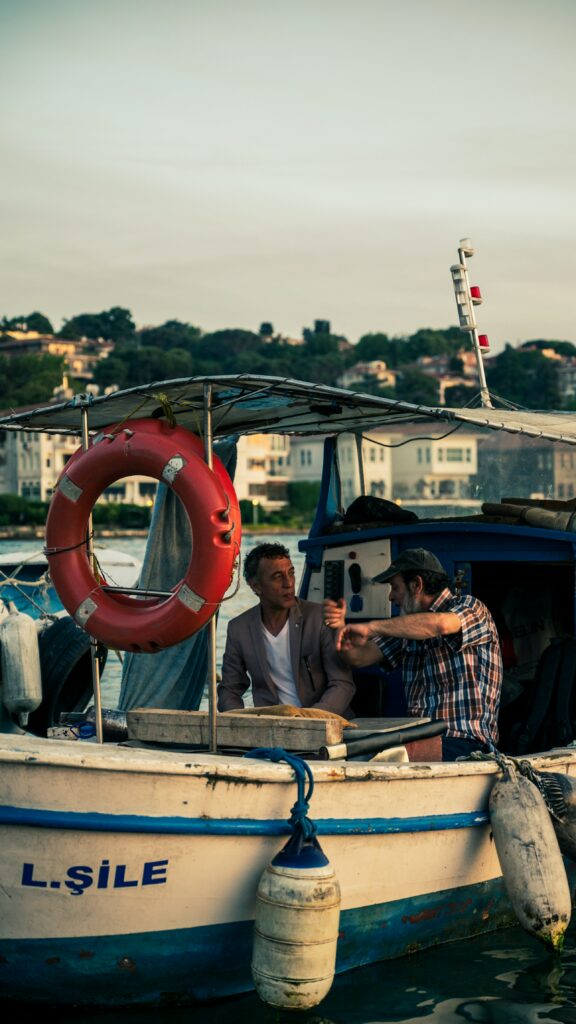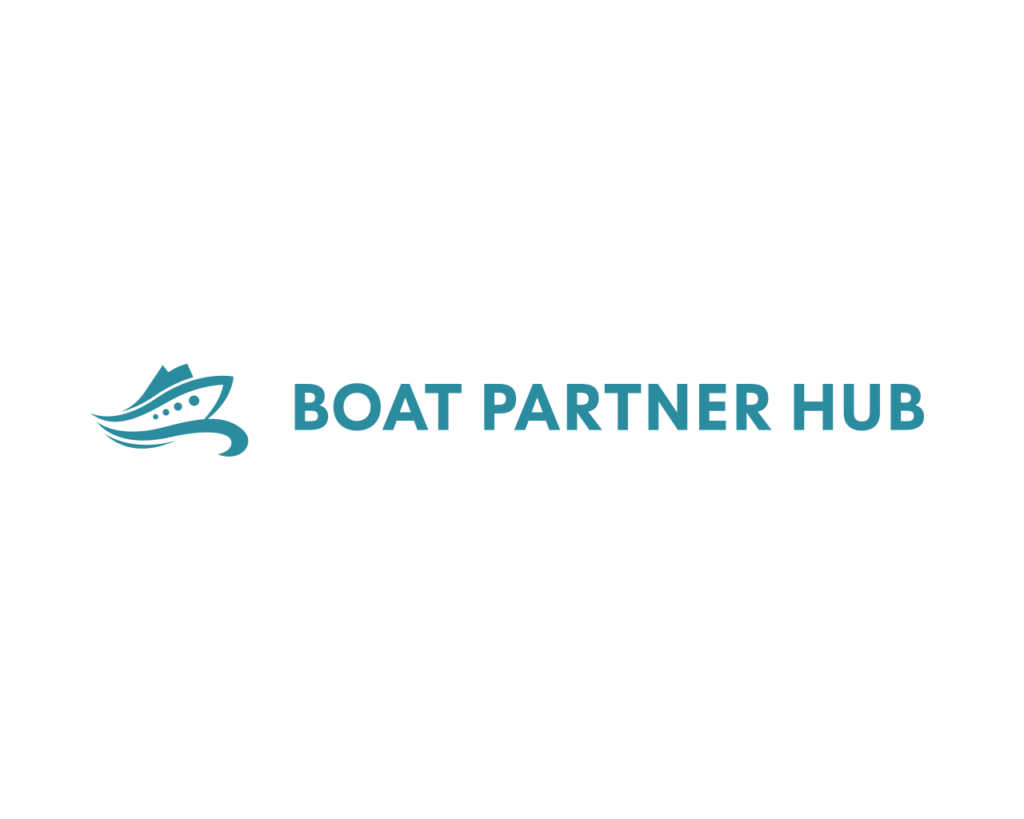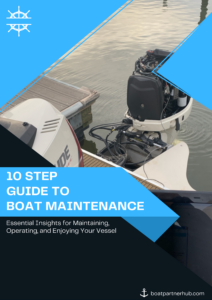Blog
Boating Emergency Preparedness: Your Action Plan for Handling Onboard Crises

Essential Boating Emergency Preparedness: Safeguarding Your Adventures on the Water
Boating can be a thrilling and enjoyable experience, allowing you to connect with nature and create cherished memories. However, like any outdoor activity, boating comes with its risks and uncertainties. Being prepared for unexpected emergencies is crucial to ensure the safety of everyone onboard. In this comprehensive guide, we will explore essential steps to develop your action plan for handling onboard crises, making your boating adventures safer and more enjoyable.
1. Conduct a Safety Equipment Check
Before setting sail, take the time to perform a thorough safety equipment check. Ensure that you have the necessary life jackets, fire extinguishers, distress signals, and a first-aid kit. Each member of your boating party should have a properly fitted life jacket, and it’s crucial to educate everyone on how to use them correctly.
2. Familiarize Yourself with the Vessel
Knowing your vessel inside out is fundamental to boating safety. Be familiar with the location and operation of all essential systems, including the engine, radio, navigation tools, and emergency shut-off switches. Regular maintenance and inspections are also crucial to identify and address potential issues before they become emergencies.
3. Monitor Weather Conditions
Weather conditions can change rapidly on the water, and being caught in a storm unprepared can be dangerous. Always check the weather forecast before departure and continuously monitor updates throughout your journey. If there are signs of deteriorating weather, consider postponing your trip or heading back to the shore.
4. Create a Float Plan
Before embarking on any boating excursion, create a detailed float plan and share it with a trusted friend or family member. Include information about your destination, expected return time, the number of passengers onboard, and your vessel’s description. This plan will help authorities locate you promptly in case of an emergency.
5. Assign Roles and Responsibilities
Establish clear roles and responsibilities among your boating party. Designate someone as the captain who will make final decisions during emergencies. Assign individuals to handle specific tasks, such as operating emergency equipment or communicating with authorities. Having defined roles ensures a coordinated response to any crisis.
6. Communication Protocol
In the event of an emergency, effective communication is vital. Ensure that everyone onboard knows how to operate the radio and make distress calls. Use clear and concise language when communicating over the radio to convey the severity of the situation accurately.
7. Man Overboard Drills
Accidents can happen, and having a plan for a man overboard situation is essential. Regularly conduct man overboard drills with your boating party, teaching them how to respond quickly and efficiently in such scenarios. Remember, swift action can make a life-saving difference.
8. Fire Safety Measures
Fires can spread rapidly on a boat due to the presence of flammable materials and limited escape routes. Install smoke detectors in critical areas and keep fire extinguishers readily accessible. Educate everyone onboard about fire safety measures, such as how to use fire extinguishers and where to find emergency exits.
9. Handling Medical Emergencies
Be prepared to handle medical emergencies by having a well-stocked first-aid kit onboard. Ensure that at least one member of your boating party has basic first-aid training. In case of a medical emergency, prioritize contacting emergency services and following their instructions until professional help arrives.
10. Stay Calm and Focused
In any crisis, it’s essential to remain calm and focused. Panic can lead to poor decision-making and exacerbate the situation. Reassure everyone onboard and rely on your preparedness and training to navigate through the emergency effectively.
Conclusion
Boating emergency preparedness is the foundation of a safe and enjoyable experience on the water. By conducting safety equipment checks, familiarizing yourself with the vessel, monitoring weather conditions, and creating a float plan, you can mitigate potential risks. Assigning roles, establishing communication protocols, and practicing emergency drills ensure a coordinated response during crises. Prioritizing fire safety, medical emergency preparedness, and maintaining a calm demeanor are crucial elements of your onboard action plan. Remember, the key to handling onboard crises is preparation, vigilance, and a collective commitment to safety. Happy boating!


